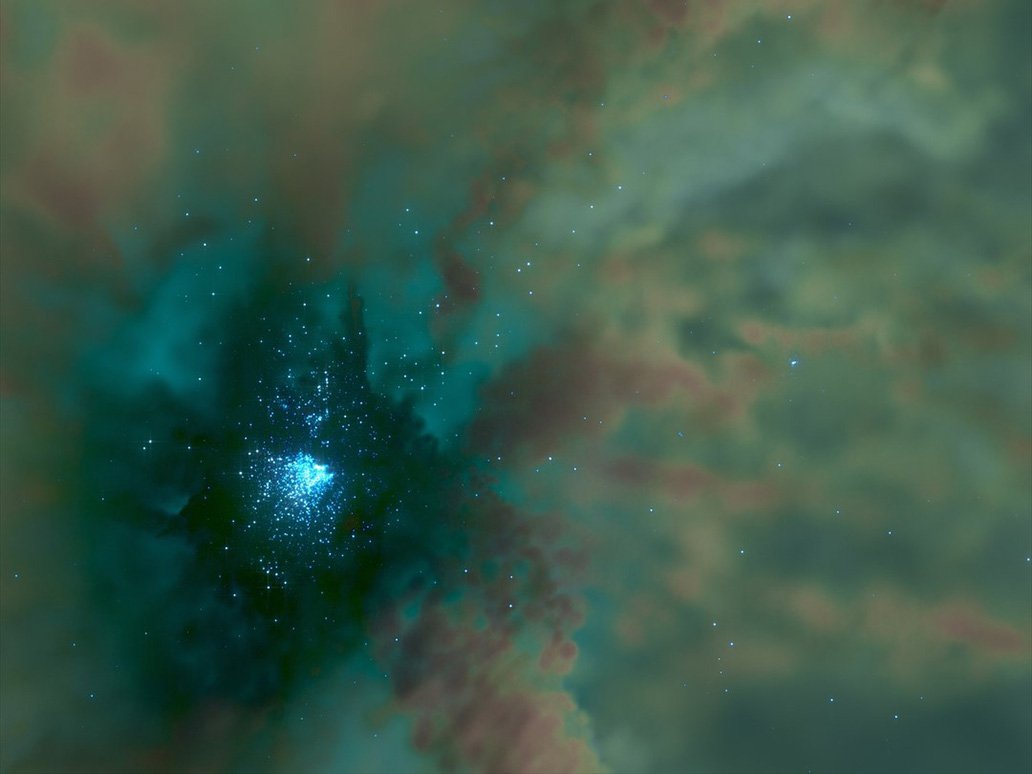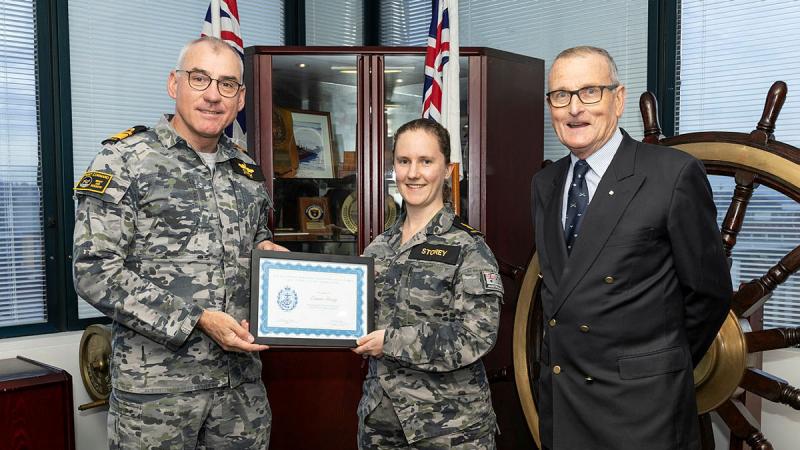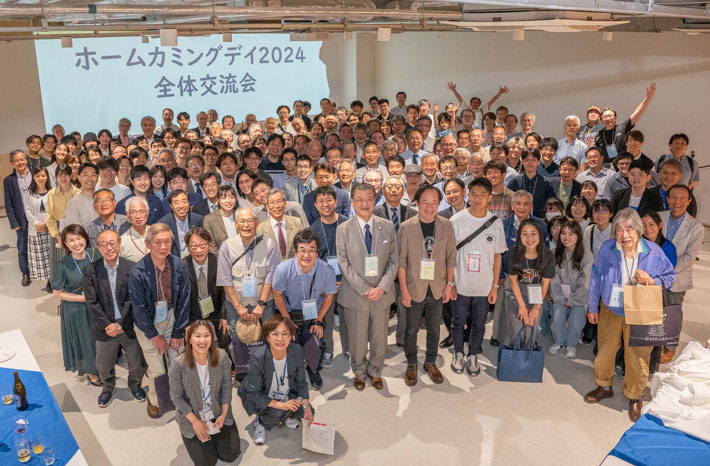A research group may have finally nailed the mystery behind intermediate black hole formation. Using simulations, they have demonstrated, for the first time, that stars in globular clusters merge to form massive stars a few thousand times bigger than the sun. And these massive stars sometimes evolve into intermediate black holes.
The group, which was led by Michiko Fuiji from the University of Tokyo, and included Yutaka Hirai from Tohoku University and the University of Notre Dame, reported their breakthrough in the journal Science on May 31, 2024.
In terms of size, intermediate black holes sit between the smaller stellar black holes and the larger supermassive black holes. Their formation mechanism has long bewildered astronomers, but some have hypothesized that they form through the merger of stars or by accreting mass from the surrounding environment.
Globular clusters are groups of stars held together by gravity, usually containing a few million stars. Some studies suggest there might be intermediate-mass black holes, around a few thousand times the mass of the Sun, at the center of these clusters. However, their existence is still controversial. Detecting these black holes is more challenging compared to smaller ones or supermassive ones found at the centers of galaxies.
Given the presence of so many stars in close proximity, ‘runaway collisions’ of stars should happen. Runaway collisions form very massive stars by the catastrophic collisions and mergers of stars in the excessively dense regions at the star clusters’ centers. This process can also lead to the formation of intermediate-mass black holes in globular clusters.
To test this theory, researchers need to reproduce the motions of each star in undergoing star clusters. However, scientists have yet to successfully run such calculations due to the limitations of computational capabilities and algorithmic issues.
“We resolved these issues by incorporating star cluster simulation code into hydrodynamic simulation code,” says Hirai. “We successfully performed a globular cluster formation simulation, which accounted for the behavior of individual stars. Furthermore, the simulation can compute stellar runaway collisions in star clusters by following collisions and mergers among stars.”

By performing star cluster formation simulations from molecular clouds, Hirai and his colleagues reproduced the formation process of globular clusters with millions of stars. Moreover, they found very massive stars, ten thousand times more massive than the Sun, were formed during the process. Theoretical stellar evolution models predict that these exceptionally massive stars may eventually evolve into intermediate-mass black holes, reaching three to four thousand times the mass of the Sun.
“Our study theoretically indicates the existence of intermediate-mass black holes in globular clusters and we hope next-generation telescopes such as ELT and TMT can observationally confirm their existence,” adds Hirai.

- Publication Details:
Title: Simulations predict intermediate-mass black hole formation in globular clusters
Authors: Michiko S. Fujii, Long Wang, Ataru Tanikawa, Yutaka Hirai, and Takayuki R. Saitoh
Journal: Science








